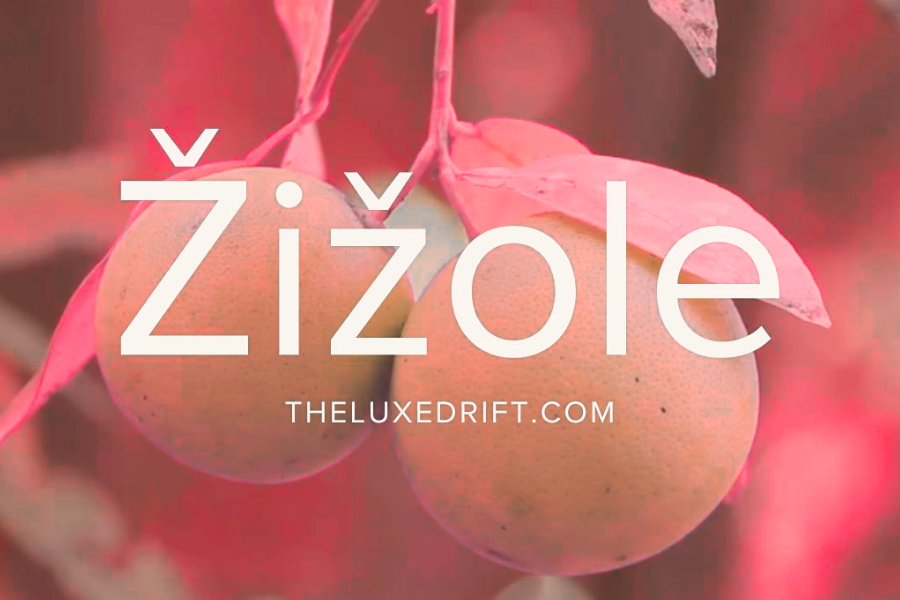The fruit known as žižole, or jujube, has been treasured for centuries across different parts of the world for its unique flavor, nutritional value, and healing properties. This small, sweet fruit continues to captivate attention in modern times, not just for its taste but also for its scientifically recognized health benefits. As people seek more natural and wholesome ways to enhance their well-being, žižole stands out as a remarkable link between ancient traditions and modern nutrition.
Origins of Žižole
Žižole originates from the Ziziphus jujuba tree, a species native to Asia—particularly China, where it has been cultivated for over 4,000 years. From there, its popularity spread to India, the Middle East, and later to Mediterranean regions and southern Europe. Ancient records from China refer to the fruit as a symbol of longevity, health, and prosperity, often used in rituals and traditional medicines. Over time, the resilient žižole tree adapted to various climates, thriving in both arid and subtropical regions. In the Balkans and parts of Italy, it became known as “žižula” or “giuggiola,” cherished not only for its fruit but also for its symbolism of abundance and well-being.
Characteristics of Žižole
Žižole fruit is small and oval, typically about the size of a cherry or small plum. When unripe, its skin is bright green and crisp; as it ripens, it turns reddish-brown, resembling a tiny date. The texture and flavor also change—fresh žižole tastes somewhat like an apple, while dried ones become chewy and sweet, similar to dates. The tree itself is hardy, drought-resistant, and capable of growing in poor soils, making it a sustainable crop in many regions.
Nutritional Profile
Despite its modest size, žižole packs a nutritional punch. It is rich in vitamin C, providing a natural boost to the immune system. The fruit contains antioxidants, such as flavonoids and polysaccharides, which combat free radicals and reduce oxidative stress. Minerals like potassium and calcium support bone and heart health, while dietary fiber aids digestion. Additionally, žižole contains natural sugars, offering a quick, healthy source of energy without the crash associated with refined sweets.
Health Benefits of Žižole
For thousands of years, žižole has played a significant role in traditional medicine. In Chinese herbalism, it’s known as Da Zao and used to tonify blood, calm the mind, and nourish the body. Modern research supports many of these traditional claims.
- Boosts Immunity: Its high vitamin C content strengthens the body’s defenses against infections.
- Improves Sleep and Reduces Anxiety: Compounds in žižole promote relaxation, making it a natural remedy for insomnia and stress.
- Supports Digestion: The fruit’s fiber promotes healthy bowel movements and a balanced gut microbiome.
- Anti-Aging Effects: Antioxidants slow down skin aging and help maintain elasticity and radiance.
- Natural Energy Source: The fruit’s natural sugars and nutrients provide sustained energy without additives.
Culinary and Cultural Uses
Žižole is incredibly versatile in the kitchen. It can be eaten fresh, enjoyed for its crisp sweetness, or dried, becoming a chewy snack full of flavor. In many cultures, it’s used to make teas, jams, syrups, and traditional sweets. In China, jujube tea is a common home remedy for fatigue and stress relief. In Mediterranean countries, people often ferment žižole into sweet liqueurs or use it in desserts.
Beyond its taste, the fruit holds cultural significance. In China, it symbolizes good fortune and fertility, often gifted during weddings or festivals. In Mediterranean villages, planting a žižole tree is believed to bring prosperity and protection to the household.
Modern Relevance and Challenges
Today, as the world rediscovers the value of natural and functional foods, žižole is being recognized as a superfruit. Nutritionists praise its rich nutrient profile, and wellness brands are incorporating it into teas, supplements, and skincare products. However, its global popularity remains modest due to limited awareness and cultivation outside Asia. Yet, as consumers increasingly turn toward sustainable, organic, and nutrient-dense foods, žižole’s future looks bright.
Conclusion
Žižole is more than just an ancient fruit—it’s a bridge between history, health, and culture. From ancient Chinese medicine to modern wellness trends, it continues to prove its worth as a natural powerhouse of nutrition and healing. Whether eaten fresh, dried, or brewed into tea, žižole offers a delightful combination of flavor, vitality, and tradition—truly a fruit that has stood the test of time.



